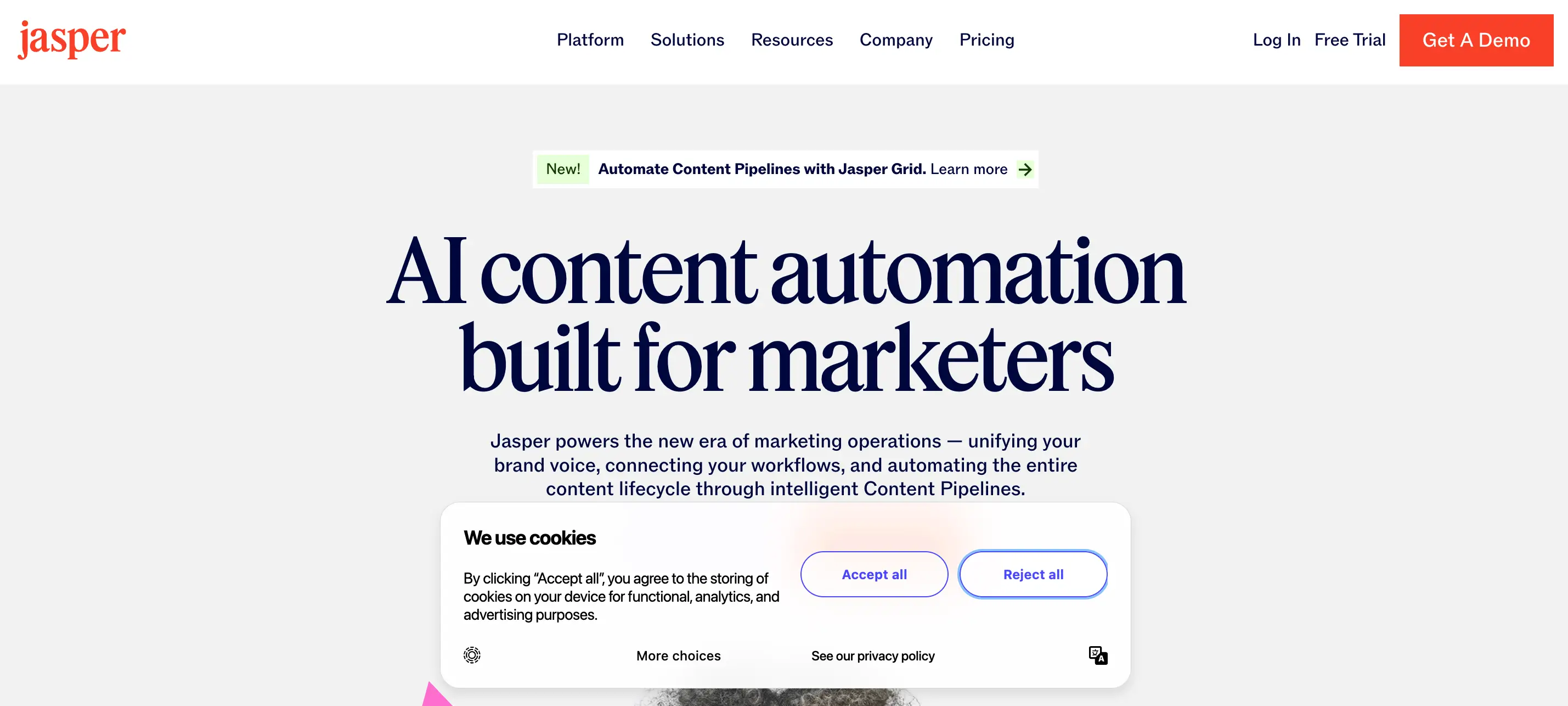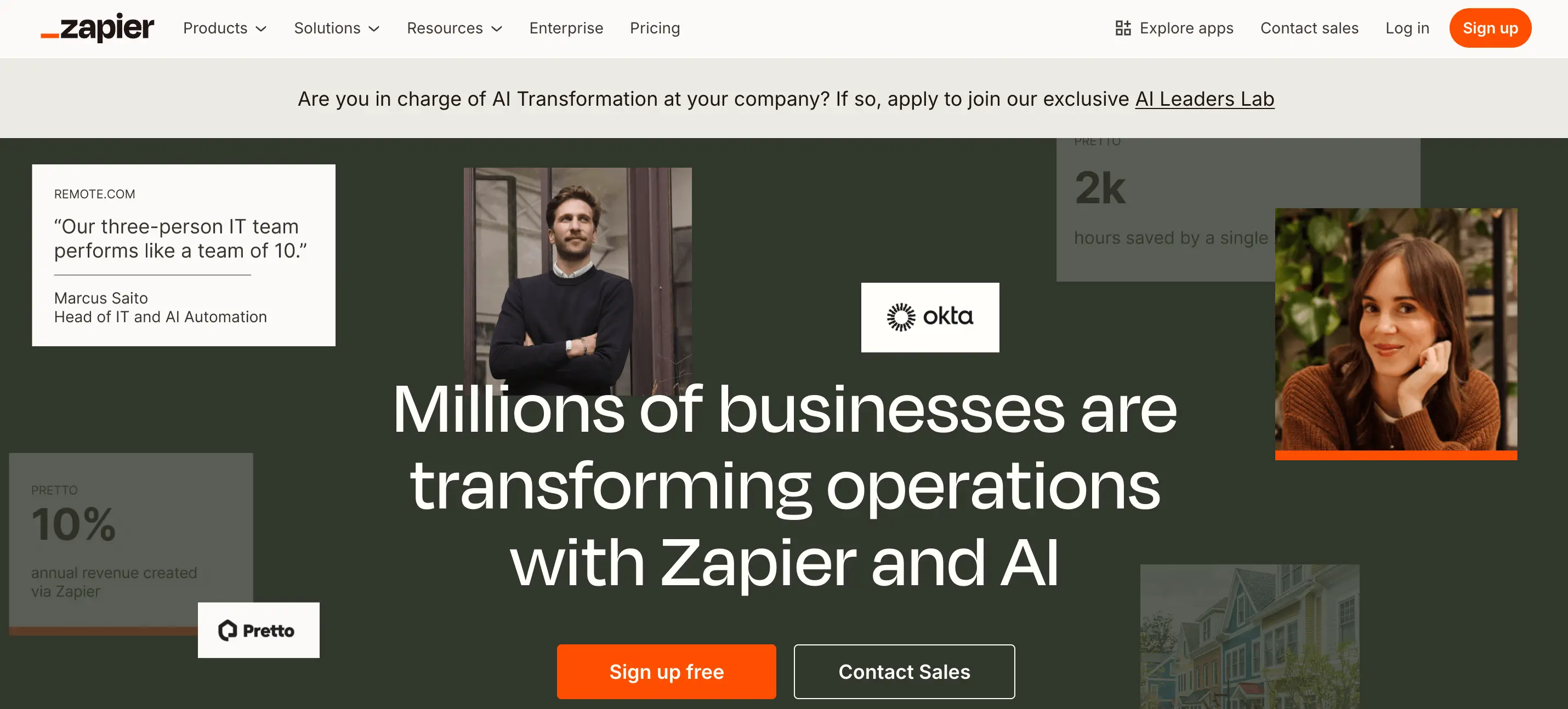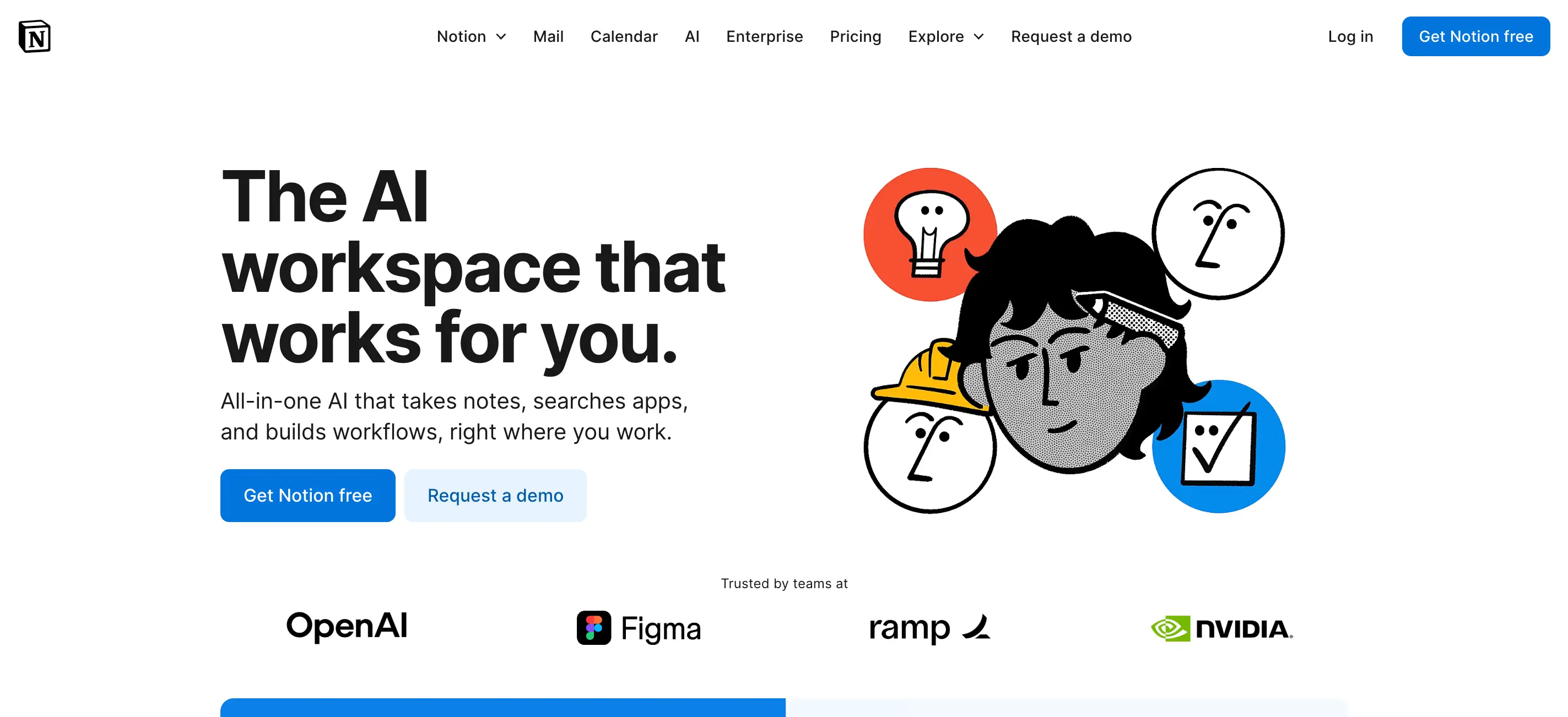Webflow CMS Explained: Dynamic Content Without the Code
Development
Website
Jul 15, 2025
0 min
Managing content on a website used to require complex backend systems or constant developer support. But with modern tools like Webflow CMS, designers and marketers can build, update, and manage dynamic content without writing a single line of code.
Whether you're building a blog, a portfolio, a job board, or a product catalog, Webflow CMS offers a flexible and visual way to organize content and display it dynamically across your site. It removes the technical barrier while still giving you the structure and power of a traditional content management system.
If you're wondering what CMS Webflow is and how it compares to other platforms, this guide will walk you through how it works, what it includes, and why it might be the right fit for your next project.

What Is Webflow CMS?
Webflow CMS is a visual content management system built into the Webflow platform. It allows designers, marketers, and content teams to create and manage dynamic content without writing code or relying on traditional back-end systems.
Instead of working with complex databases or rigid templates, Webflow uses Collections. A collection is a custom content type that you define - such as blog posts, team members, or case studies. Each collection has fields like titles, images, links, or rich text, which can then be connected directly to the design layout using Webflow's visual editor.
So, is Webflow a CMS? Yes, it functions as a fully capable CMS, offering dynamic content management with real-time design flexibility, all inside a single platform.
Webflow CMS is a strong fit for:
- Blogs and editorial websites;
- Project or team portfolios;
- Content directories or libraries;
- Client-friendly, editable websites.
It combines structure, flexibility, and control in a way that empowers both designers and editors.
How Webflow CMS Works
At its core, Webflow CMS allows you to define content structures and visually bind them to your site’s design. It’s built to handle dynamic content without the complexity of traditional development.

Here’s how it works in practice:
1. Create a Collection
Collections are the building blocks of Webflow CMS. Each collection represents a type of content - like blog posts, team members, or services. You define the structure by adding custom fields such as plain text, rich text, images, dates, or reference fields that link to other collections.
2. Design Dynamic Templates
Once your collection is set up, Webflow automatically creates a dynamic page template. You can use the visual designer to connect elements on the page to specific fields from your collection. This means one design layout can power hundreds of unique pages, each dynamically populated with content.
3. Populate and Manage Content
You can add items to your collections manually, import them via CSV, or allow clients and editors to manage them using the Webflow Editor. Changes to collection items are reflected immediately across your site wherever that content is used.
4. Display Content Anywhere
Dynamic content isn’t limited to full pages. You can use Collection Lists to display content like blog previews, featured products, or team profiles anywhere on your site. You can also filter, sort, and style them visually.

This system makes Webflow CMS ideal for sites that need to scale or update content regularly, like blogs, portfolios, or internal directories - all without writing code or setting up a traditional CMS backend.
Using the Webflow CMS API
While Webflow CMS is built to be used without code, it also offers flexibility for developers through the Webflow CMS API. This allows you to manage content programmatically, giving you more control over how data is created, updated, or integrated from other sources.
The API is especially useful when:
- You need to sync content from external platforms or databases;
- You want to automate content creation or publishing workflows;
- You’re working with headless architectures or custom backend systems;
- You want to build custom dashboards or admin tools for editors.
With the Webflow CMS API, you can create new collection items, update existing ones, delete content, and even access site structure and project metadata. It supports RESTful endpoints and works well with tools like Zapier, Make (formerly Integromat), and custom scripts.
For teams with more complex needs or automation goals, the API provides a powerful extension to the no-code foundation of Webflow CMS.
Pros and Limitations
Like any platform, Webflow CMS has strengths and trade-offs. Understanding both will help you decide whether it’s the right solution for your project.
Pros
- Visual content management: Update dynamic content without leaving the design interface. This makes it easier for non-developers to manage and preview changes in real time.
- Custom content structures: Build exactly what you need - whether it’s a blog, portfolio, directory, or gallery, with flexible fields and templates.
- Client-friendly Editor: Clients or teammates can safely edit text, images, and content without risking layout or design errors.
- Fast and secure hosting: All CMS plans include Webflow’s fast, globally distributed hosting and built-in SSL.
- API and automation options: For teams that need advanced workflows, the Webflow CMS API opens the door to integrations and automation.
Limitations
- CMS item limits: Plans cap the number of items per site, which can be restrictive for large-scale projects.
- No native multi-language CMS: Webflow currently requires third-party solutions or custom setups for multilingual content.
- Not ideal for complex relational data: While references and multi-reference fields exist, deeply nested or highly relational content structures may be harder to manage.
- Design-first learning curve: Webflow is intuitive for designers, but may take time for traditional CMS users to adapt to the visual-first workflow.
Overall, Webflow CMS is a powerful option for design-driven, content-rich websites, especially where flexibility and visual control matter.

Conclusion
Webflow CMS offers a modern way to manage dynamic content without relying on traditional back-end systems or custom code. Whether you're building a blog, portfolio, or business site, it gives you the tools to structure content visually, streamline updates, and deliver a seamless user experience.
With features like custom collections, API access, and powerful design integration, it’s a strong choice for anyone who values flexibility and control in a no-code environment.
If you're unsure how to structure or launch your project using Webflow CMS, I specialize in professional no-code development and can help you create a high-performing, fully customized site tailored to your content needs.













